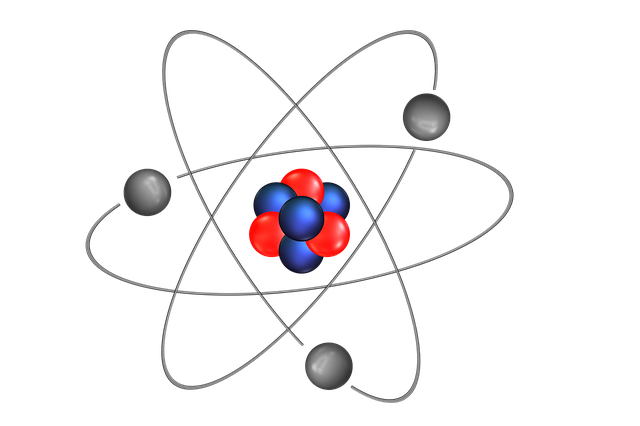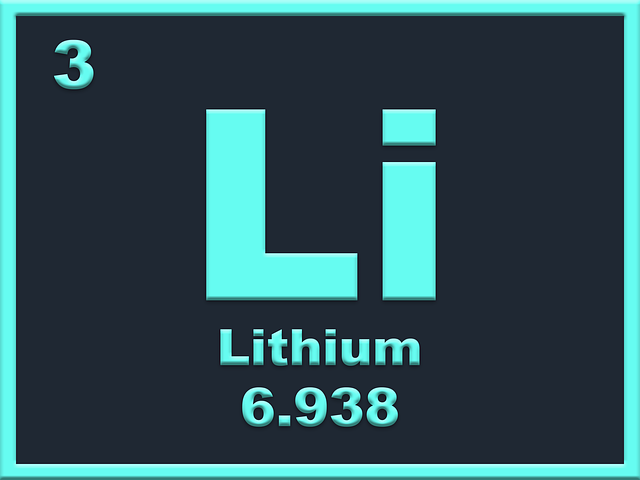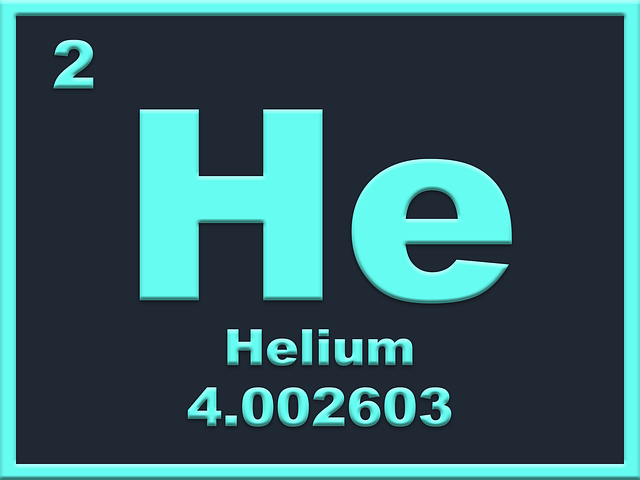Table of Contents
5. What subatomic particles participate in chemical bonding?
6. What electrons are involved in chemical bonding?
7. What are the two types of chemical bonding?
Chemical Bonding:
Chemical bonding is an attraction between two or more atoms (ions or molecules). They combine together in a way that attracts each other forming chemical compounds. It can be a covalent bond in which the outermost electrons are shared. Or it may be an ionic bond in which electrostatic force of attraction is involved.
There are strong bonds such as covalent, ionic, and metallic, which are also called primary bonds. The secondary or weak bonds are dipole-dipole interactions, Hydrogen bonding, and London dispersion force, etc.
There is an electromagnetic force between nucleus and electron. When an electron comes in between two nuclei they start to pull it toward itself. This force of attraction forms a chemical bond that keeps the atoms' glue together.
Single and Multiple Bonds.
Single bonds are those in which one pair of electrons are shared between two atoms. Such as two Hydrogen atoms. Through this, both will stabilize their energy and attain the electronic configuration of Helium.
A double bond is a bond between two atoms in which they are sharing two pairs of electrons. One pair of electrons will make a sigma bond and the second pair will make a pi bond.
In a triple bond, the atoms will share three pairs of electrons. Forming one sigma and two pi bonds. Such example is nitrogen bonding with nitriogen.
TYPES OF CHEMICAL BONDING:
Mainly there are two types of chemical bonding strong and weak.
1) Strong Chemical bonds:
Strong chemical bonds are also called intramolecular forces. These are bonds that hold atoms in molecules. Strong chemical bonds are formed as a result of sharing or transfer of electrons between atoms. There are different types of strong chemical bonds that are the result of differences in electronegativity. Some of the strong chemical bonds are Ionic, Covalent, and Metallic bonding.
2) Weak Chemical bonds:
These are also called intermolecular forces or intermolecular bonding. Intermolecular bonds are weaker than intramolecular bonds. These types are bonding are responsible for some of the physical properties such as melting point etc. It forms between two bonded atoms when both have a large difference in electronegativity. Some of the intermolecular forces are dipole-dipole interactions, the London dispersion force, cation–pi interaction, and hydrogen bonding.
FAQs
What is chemical bonding?
Chemical bonding is an attraction between two or more atoms (ions or molecules).
What subatomic particles participate in chemical bonding?
The two most important subatomic particles that participate in chemical bonding are electrons and protons in the nucleus. Through electrostatic force of attraction, they are forming bonds between atoms.
What electrons are involved in chemical bonding?
The electrons in the outermost shell are involved in chemical bonding.
What are the two types of chemical bonding?
The main two types of chemical bonding are intermolecular bonding (ionic, covalent, and metallic, etc) and intermolecular bonding (dipole-dipole, London dispersion, and hydrogen bonding, etc)





